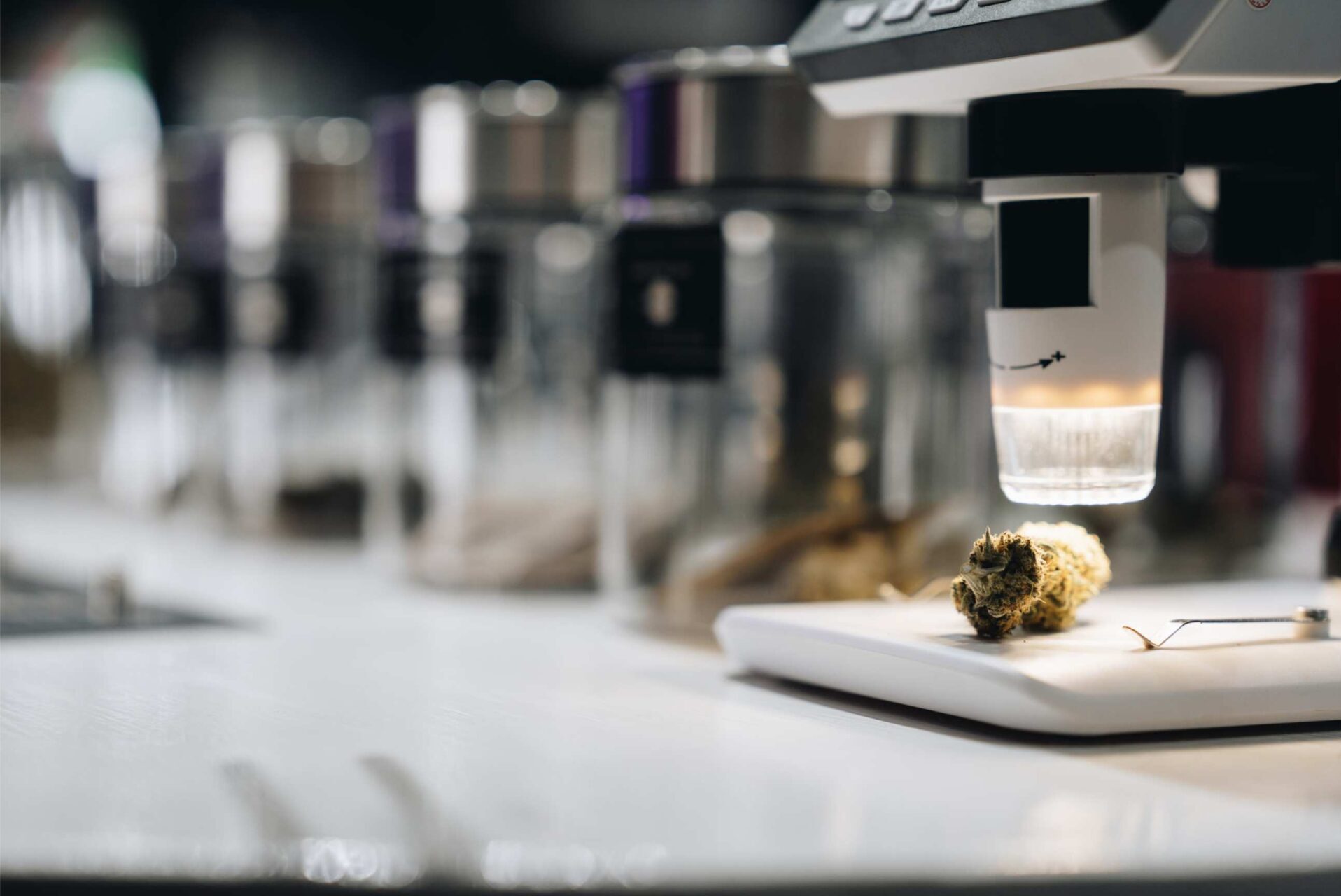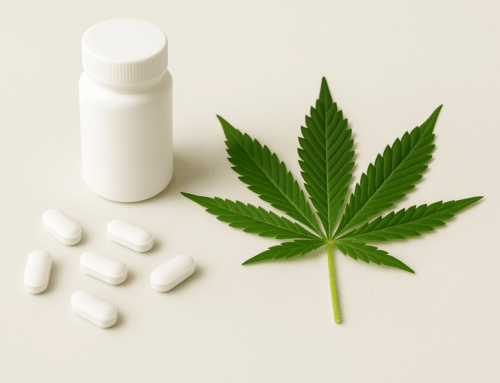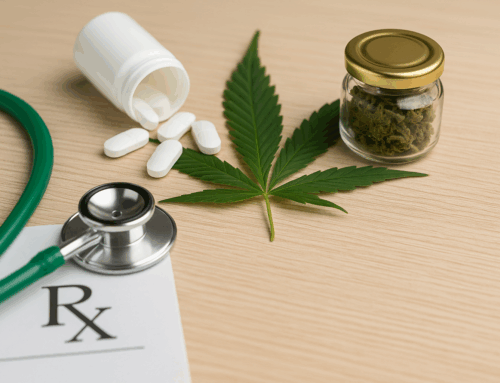Medical marijuana, often called MMJ, is popping up in doctors’ offices for everything from back pain to bad nights of sleep. As more people turn to it, learning how much to use feels more critical than ever. Take too little, and the relief never comes; take too much, and side effects can make the day a blur. That means both newcomers and longtime users need to pay attention to the reasons for changing their dose. In this post, we will break down How to Change Medical Marijuana Dosing Safely?, why that amount might shift, and how to increase or decrease it without putting your health at risk.
Understanding Your Current Dosing
Getting the correct dose of medical marijuana is not as easy as just taking the same pill every day. What eases Grandma’s knee ache could send your cousin to the couch simply because their health, weight, and the chosen product all matter. THC and CBD steal most of the headlines, yet every oil, gummy, or bud carries its mix, so two batches from the same jar can feel worlds apart. A strain loaded with THC might kick in after one little puff, while a gentler version nearly begs for a bigger pull. For that reason, whenever you think, ‘Yeah, I need more, more—or maybe a little less,’ go slow, stay curious, and watch your body; rushing the change usually shows up with unwanted side effects.
When to Consider Adjusting Your Dose
The first thing to know is that figuring out exactly how much THC you take gives you a solid roadmap for landing the dose that works best. What feels right can change a lot from person to person because weight, tolerance, and each body’s own way of processing cannabis all play a role. Because of this, new users with a medical marijuana card are usually advised to start with a small 2.5-milligram dose and then increase the amount gradually, paying attention to the body’s signals.
The strength of the product you pick swings the ride even more, especially the THC level stamped on the label. Once the capsules or gummies enter the high-potency zone, starting even smaller —say 2.5 to 5 milligrams—keeps the harsh side effects, such as feeling way too high, well away from the door. When a doctor points to cannabis for a specific symptom, the dose should match the goal; what eases chronic pain could be different from what calms shaky nerves or helps restless sleepers drift off. And if the dose lands just too low, you feel nothing at all; yet if it pops up too high, nausea, jitters, or plain confusion show up and steal the relief you hoped to grab.
Signs That Your Current Dose Is Not Effective
A pretty clear sign that your cannabis dose isn’t quite right is when your symptoms refuse to budge. That’s especially true if you’re using it for medical reasons and want some relief. Imagine you light a joint or swallow a drop of oil for pain, but the ache still sticks around like an uninvited guest. In moments like that, raising the dose seems reasonable. Conversely, if a tiny amount makes you dizzy, gives you cottonmouth, or sends you straight into a nap, the level is probably too high. The easiest fix is to write down how much you take each day and how you feel after—good, bad, or somewhere in between.
How Tolerance Affects Your Cannabis Dose
After a while, regular users start to feel their favorite THC snack stop hitting quite so hard. The chewy bite that once melted stress or chased away a headache barely registers now, and folks get confused about how much to grab. That steady rise in tolerance builds up faster with high-THC flowers, oils, or wax than with gentler, more balanced strains. Over time, the body learns to shrug at cannabis, and a bigger blast is usually the only way a person feels that old calm. Reaching for double or triple the dose, though, is risky; that jump nudges the odds of uneasy anxiety, dizzy spins, or heavy burnout even higher.
Tolerance doesn’t just stretch the size of snacks or puffs; it slowly rewires the enzymes and receptors that handle THC in the bloodstream. Because of that slow change, adding a tiny bump in milligrams week by week is smarter than one giant leap.
When Life Changes Require a Dose Adjustment
Life is constantly tossing little twists our way—school deadlines, a bigger morning routine, or just one too many late Netflix marathons—and those twists can change how much cannabis feels right for you. After a nasty cold, a challenging exam, or even a long nap, you might see that you slide back into a good headspace with less THC or CBD than before. But when your back hurts, you feel nervous about giving a speech, or when your work is piling up, you might want to increase that dose to keep worries from taking over.
Consult a Healthcare Professional Before Adjusting Your Dose
Are you thinking about using more or less medical marijuana? Have a quick chat with your doctor first. They are familiar with your history and can advise you on whether a change is necessary and how to implement it safely. This advice matters even more if you’re dealing with an extended illness or taking other pills. Some medications mix with cannabis in ways that shrink or boost how your body feels THC or CBD, and those surprises aren’t fun. Keeping your cannabis doctor in the loop allows you to avoid problems and feel confident that your plan is still right for you.
How to Change Medical Marijuana Dosing Safely?
When you think about changing how much medical weed you take, move slowly and notice what your body tells you. If you want a little extra relief, bump the dose by just half a milligram, maybe two, then wait a few days and see what happens. Many people find that raising it by half, one, or even two and a half milligrams eases their pain without dragging them into profound drowsiness or causing their heart rate to increase.
You can use the tiny-step trick to back off, too; quick little drops keep the drama away and spare you the wild swing in how you feel. Picture the little flower helping your nerves, but cutting the dose in half all at once can make you jittery instead of calm. Write down every teeny bit of THC you snack on, pay attention to how it treats you, and then nudge the number up or down until you get the most significant gain with the smallest effort.
Consider the Duration of Effects
You also want to pay attention to how long a cannabis dose lasts after you take it. Some gummies or oils kick in quickly and feel powerful for half the day, while a flower or vape might wear off much faster. If your current amount keeps the calm coming from breakfast to dinner, keeping it is a smart move. But if relief drops off way too soon, a little extra or a new format—like swapping a joint for oil—could buy you those missing hours. Remember that THC and CBD amounts can vary a lot between different strains or brands, so hunting for the level that feels right usually becomes some guess-and-check.
The Importance of Personalized Dosing
To safely use medical marijuana, the most comfortable option is to start low and go slow. Taking a small dose initially and then gradually increasing it will avoid the harsh side effects and still experience the positive impact that cannabis has to offer. Write down how you feel at each step and record the amount you take. This way, you avoid guesswork and are sure whether the treatment is working or not. Be it chronic pain, anxiety, or any other problem, adjusting your MMJ dose to your body helps you to achieve better results and feel a lot better daily.
Conclusion
While moving ahead with your MMJ journey, remember that every individual’s experience with cannabis is personalized. Figuring out the right level of THC or CBD requires trial and error. Do not hesitate to call a healthcare professional if you need help along the way. Through slow changes, your MMJ use can be balanced, keeping your health in mind. Contact us for Medical marijuana card in Mississippi.
FAQs
Why is it important to ensure accurate dosing of medications?
Accurate dosing helps the medication work effectively while minimizing side effects or harm. Incorrect doses can lead to poor results or serious risks.
What are the factors affecting dosing?
Factors include age, weight, medical condition, liver and kidney function, and interactions with other drugs. Each person responds differently.
Why is dosing important?
Proper dosing ensures you get the right amount of medicine for the desired effect. It balances safety with effectiveness in treatment.
What is medication adjustment?
Medication adjustment means changing the dose or frequency based on how the patient responds. It’s done to improve outcomes or reduce side effects.
How is dosing safety ensured in a clinical setting?





